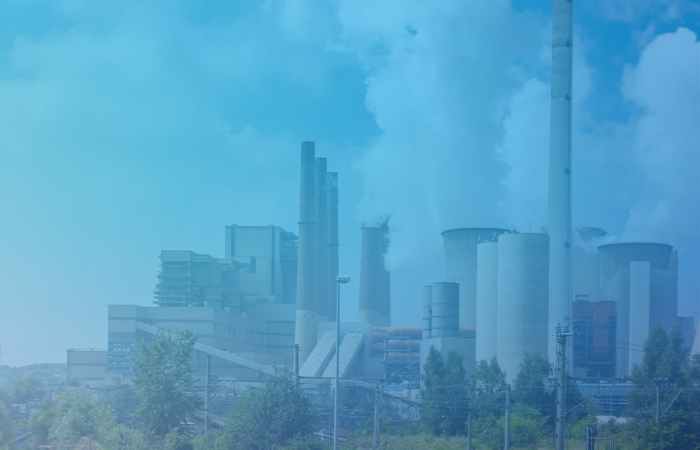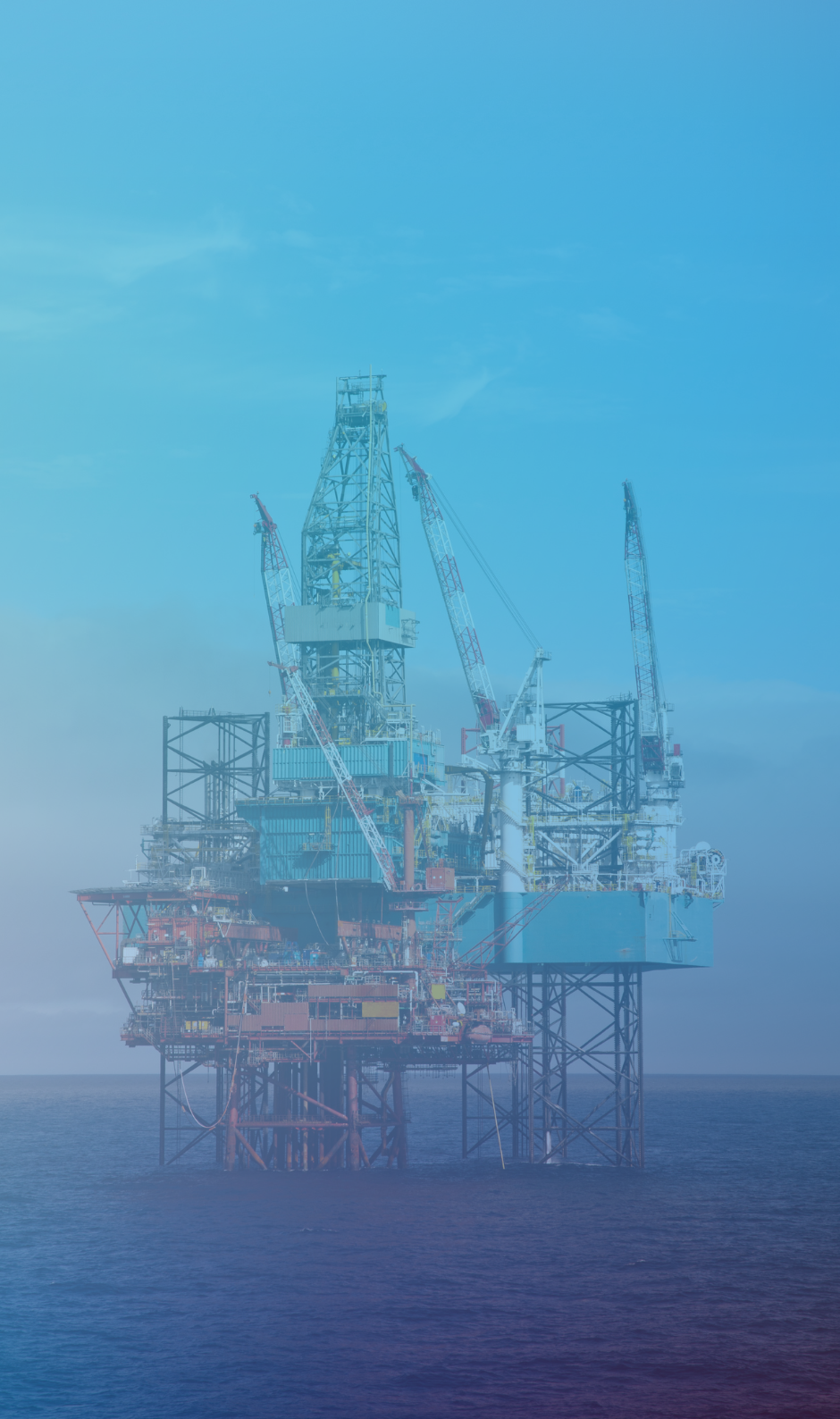Contracts management & training
The task & challenge
A multinational company was experiencing rapid growth, yet it was having a difficult time managing its increased volumes and complexity of contracts.
Working closely with key members of the client’s team (i.e., procurement, project managers, sales and legal), we started off by performing a thorough assessment of the client’s business operations and contract life cycle management process.
It quickly became apparent that the existing contract management process was not effective and was hurting the bottom line. Some of the challenges included, lack standardization & centralization for the contracts, missed opportunities, noncompliance with contractual/regulatory responsibilities, poor access control, impede communication and collaboration among key stakeholders, and mismanagement of suppliers/customers.
This lack of structure and collaboration led to various problems: it was taking a very long time to go through the negotiation and execution process and there were no efficient approaches of tracking contractual responsibilities. While the company was growing in some areas, some of its existing customers started to display dissatisfaction. This was hurting the bottom line.
Contracts management & training
The task & challenge
A multinational company was experiencing rapid growth, yet it was having a difficult time managing its increased volumes and complexity of contracts.
Working closely with key members of the client’s team (i.e., procurement, project managers, sales and legal), we started off by performing a thorough assessment of the client’s business operations and contract life cycle management process.
It quickly became apparent that the existing contract management process was not effective and was hurting the bottom line. Some of the challenges included, lack standardization & centralization for the contracts, missed opportunities, noncompliance with contractual/regulatory responsibilities, poor access control, impede communication and collaboration among key stakeholders, and mismanagement of suppliers/customers.
This lack of structure and collaboration led to various problems: it was taking a very long time to go through the negotiation and execution process and there were no efficient approaches of tracking contractual responsibilities. While the company was growing in some areas, some of its existing customers started to display dissatisfaction. This was hurting the bottom line.


Our solution & delivered results
We developed and implemented effective contract management processes and practices with the right contract management software based on the client’s specific needs and challenges.
Our proposed solutions delivered the following results:
- Created a centralized hub that organized and stored all contracts and related documents across departments which was accessible by all relevant stakeholders.
- Created greater visibility of current and future performance expectations and timelines allowing the team to proactively manage obligations to ensure compliance to the contract specifications and resolve issues before they impacted the business.
- Fostered collaboration with involved stakeholders participating during the negotiation and drafting process so that their considerations such as payment structure, rights and obligations, warranties, deliverables and termination are properly reflected.
- Enhanced business functioning because since all contracts were stored in a single repository, permitted end-users could easily access and review existing contracts and make necessary strategic decisions in regard to such contracts.
- More favorable terms by using the standardized templates, forms, checklists, best practices, sample clauses, and risk analysis scenarios we developed to guide through the drafting and negation process, helped deconstruct the contracts making them easier to negotiate and draft.
Once the process was properly implemented, we then put on a number of interactive trainings for a variety of functional disciplines who played a role in the contract lifecycle- sales, purchasing, legal, finance, operations and management.
These trainings guided the teams through the new changes and offered practical insights and new resources aimed at improving and building their organizational capacities so that they could successfully structure and manage their contracts into the future.
Our solution & deliveredresults
We developed and implemented effective contract management processes and practices with the right contract management software based on the client’s specific needs and challenges.
Our proposed solutions delivered the following results:
- Created a centralized hub that organized and stored all contracts and related documents across departments which was accessible by all relevant stakeholders.
- Created greater visibility of current and future performance expectations and timelines allowing the team to proactively manage obligations to ensure compliance to the contract specifications and resolve issues before they impacted the business.
- Fostered collaboration with involved stakeholders participating during the negotiation and drafting process so that their considerations such as payment structure, rights and obligations, warranties, deliverables and termination are properly reflected.
- Enhanced business functioning because since all contracts were stored in a single repository, permitted end-users could easily access and review existing contracts and make necessary strategic decisions in regard to such contracts.
- More favorable terms by using the standardized templates, forms, checklists, best practices, sample clauses, and risk analysis scenarios we developed to guide through the drafting and negation process, helped deconstruct the contracts making them easier to negotiate and draft.
Once the process was properly implemented, we then put on a number of interactive trainings for a variety of functional disciplines who played a role in the contract lifecycle- sales, purchasing, legal, finance, operations and management.
These trainings guided the teams through the new changes and offered practical insights and new resources aimed at improving and building their organizational capacities so that they could successfully structure and manage their contracts into the future.
Esg & public policy
The task & challenge
This project was part of the Peruvian government’s efforts to design and prepare its “Intended Nationally Determined Contributions” (INDCs). More specifically, Peru needed to demonstrate its commitment and contribution towards resolving and reducing greenhouse gas emissions in accordance with the UN Framework Convention on Climate Change (UNFCCC). The government needed technical and policy recommendations and guidance from key stakeholders so that it could effectively assess and determine what efforts at the national level needed to achieve sustainable reductions in Peru’s greenhouse gas emissions and to help strengthen climate resilience across Peru’s national economy.


The task & challenge
This project was part of the Peruvian government’s efforts to design and prepare its “Intended Nationally Determined Contributions” (INDCs). More specifically, Peru needed to demonstrate its commitment and contribution towards resolving and reducing greenhouse gas emissions in accordance with the UN Framework Convention on Climate Change (UNFCCC). The government needed technical and policy recommendations and guidance from key stakeholders so that it could effectively assess and determine what efforts at the national level needed to achieve sustainable reductions in Peru’s greenhouse gas emissions and to help strengthen climate resilience across Peru’s national economy.
Our solution & delivered results
Serving as Senior Specialist -Energy Leader, one of our team members was a key stakeholder on this project working with and collaborating with the Peruvian government. Our engagement provided the government the necessary technical insights and guidance to ensure that Peru’s INDCs were tailored to the country’s own national and local priorities and capabilities while aligning with international expectations.
Some of the outcomes and results included:
- Drafting of an INDC implementation plan.
- Development of relevant standards, benchmarks, and incentives designed to mitigate climate change which were incorporated into the country’s INDCs mitigation proposal (i.e., clean technology, transfer of resources and technical knowledge, natural resources and energy development, fiscal and financial incentives).
- Development of stakeholder’s collaboration and dialogue frameworks and best practices, including the establishment of multi-sectoral commissions.
Financial due diligence
The task & challenge
Our client, a Peru-based electric utility company, needed additional financings. The client reached out to us to assess its financial position and available options to acquire the capital.

Financial due diligence
The task & challenge
Our client, a Peru-based electric utility company, needed additional financings. The client reached out to us to assess its financial position and available options to acquire the capital.

Our solution & delivered results
Through our thorough and complete financial analytic, investigative and financial assessments of the client’s operations and finances (i.e., quality of earnings analysis, financial statement analysis and working capital analysis), our qualified accountants and finance specialists delivered the insights needed to help the client understand its strengths and weaknesses so that it would make the right investment decision.
As a result of having a full picture of its financial position, client was able to obtain necessary financings at acceptable terms, as well as re-negotiate terms of current financial loan agreements.
Post-merger integration- regulatory & compliance
The task & challenge
After the merger of two global classification societies with special expertise with energy, IT, healthcare and risk management, the merged entity needed legal and operational support managing post-merger integration challenges in addition to the day to day compliance and commercial issues.
Post-merger integration- regulatory & compliance

The task & challenge
After the merger of two global classification societies with special expertise with energy, IT, healthcare and risk management, the merged entity needed legal and operational support managing post-merger integration challenges in addition to the day to day compliance and commercial issues.
Our solution & delivered results
Serving as an outside legal advisor, we worked collaboratively with the client’s executives, legal and other key stakeholders.
During the course of our extended engagement, we assisted the client with the development and support implementation of standardized processes and frameworks, including integration playbooks and best practices focused on key factors and immediate challenges.
These included matters pertaining to contracts and procurement management, addressing and resolving legal compliance issues, fostering key third-party relationships, mitigating and resolving disputes, employee-related issues, project risk and governance, and change management practices.
Our strategic, legal and operational support and guidance was crucial during the course of transition of bringing the two companies together.
Contributing to oil & gas industry energy transition-a new semi-active marine
riser tensioner design
The task & challenge
Many of the world’s oil and gas resources lie beneath the oceans. As offshore oil and gas operations have advanced to deeper drilling depths, the issues surrounding safer and more efficient subsea technologies/operations continue to evolve.
Offshore infrastructures which support oil and gas activities come in a variety of vessels, structures and platforms. These infrastructures are equipped with a set of complex systems, including the marine or subsea riser. The riser is a pipe (or a series of pipes) that extends below the surface platform through water to the ocean’s floor. The riser allows for fluids to move between the seabed and the surface. The main function of the rise is safe transport.
As oil and gas production is moving into ever deeper water and harsher environments, the design and engineering of advanced safer and more efficient riser is also becoming more complex and very challenging requiring collaboration of top industry engineers, designers and technicians.
While industry design codes call for the risers to fit for purpose and operate safely, the current risers are just not evolving enough to meet the industry needs. Some examples of the challenges with the current risers include safety concerns and environmental hazards such as fatigue damage to the riser caused by vessel/wave motion which could result in component failure and making it difficult to predict the behavior of the risers, possibility of pollution and leakage of unsafe materials to the ocean, higher pressures and temperature being placed on riser risking safety of human lives, and reduced productivity as due to high energy usage. If left unaddressed, these safety & operational issues may increase the risk of catastrophic incidents.

Our collaborative approach- creating increased value-added solutions for the energy industry
We are leveraging our complete end-to-end process industry insights and extensive practical delivery expertise, extending across energy efficiency, marine and coastal infrastructures, engineering innovation, project management, and offshore project optimization to help the industry tackle these challenges.
At the forefront of sustainable system and technology, we are working jointly with a multinational technology leader. We have jointly designed and engineered a new advanced offshore marine riser tensioner system to address the current riser system challenges, with particular emphasis on sustainability, energy efficiency, performance and safety. Unlike the conventional risers, our new system is a semi active drum style tensioner riser, with permanent electric AC motors, working against frequency drives with an energy storage device.
Our semi active system’s constant variation tension eliminates fatigue issues as well as safety hazards caused by large, compressed air volumes. It greatly reduces the possibility of leakage and pollution contamination to the ocean. In addition, since the more advanced riser design will be working with a common energy source for regenerative energy, much energy and costs will be saved, resulting in optimum productivity.
Our riser system intends to upgrade or replace existing systems to more advanced, safer and efficient solutions. This is one way we are helping the oil and gas industry transition to smarter and safer energy.
